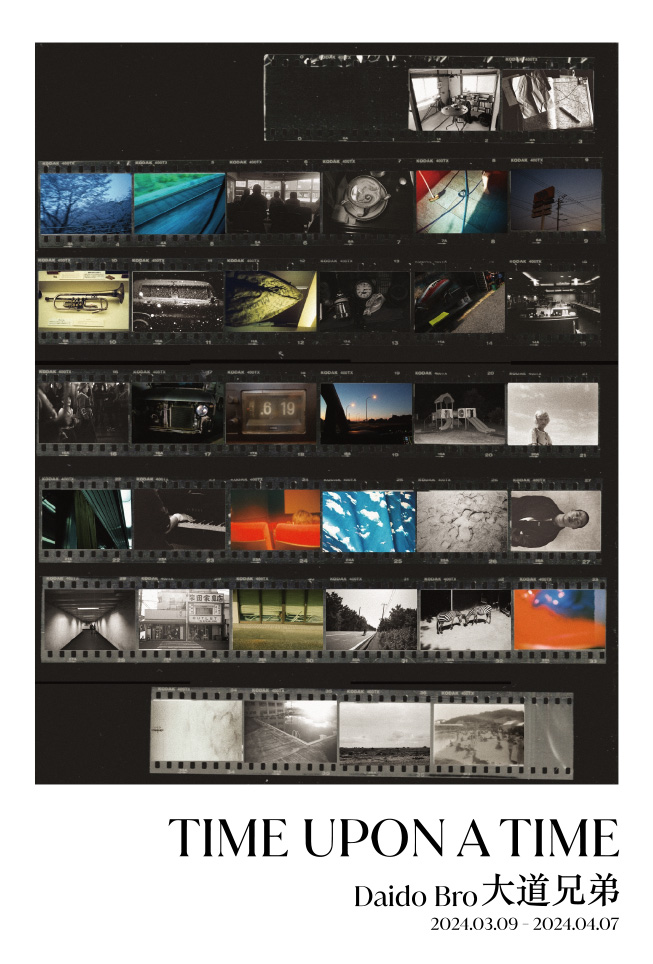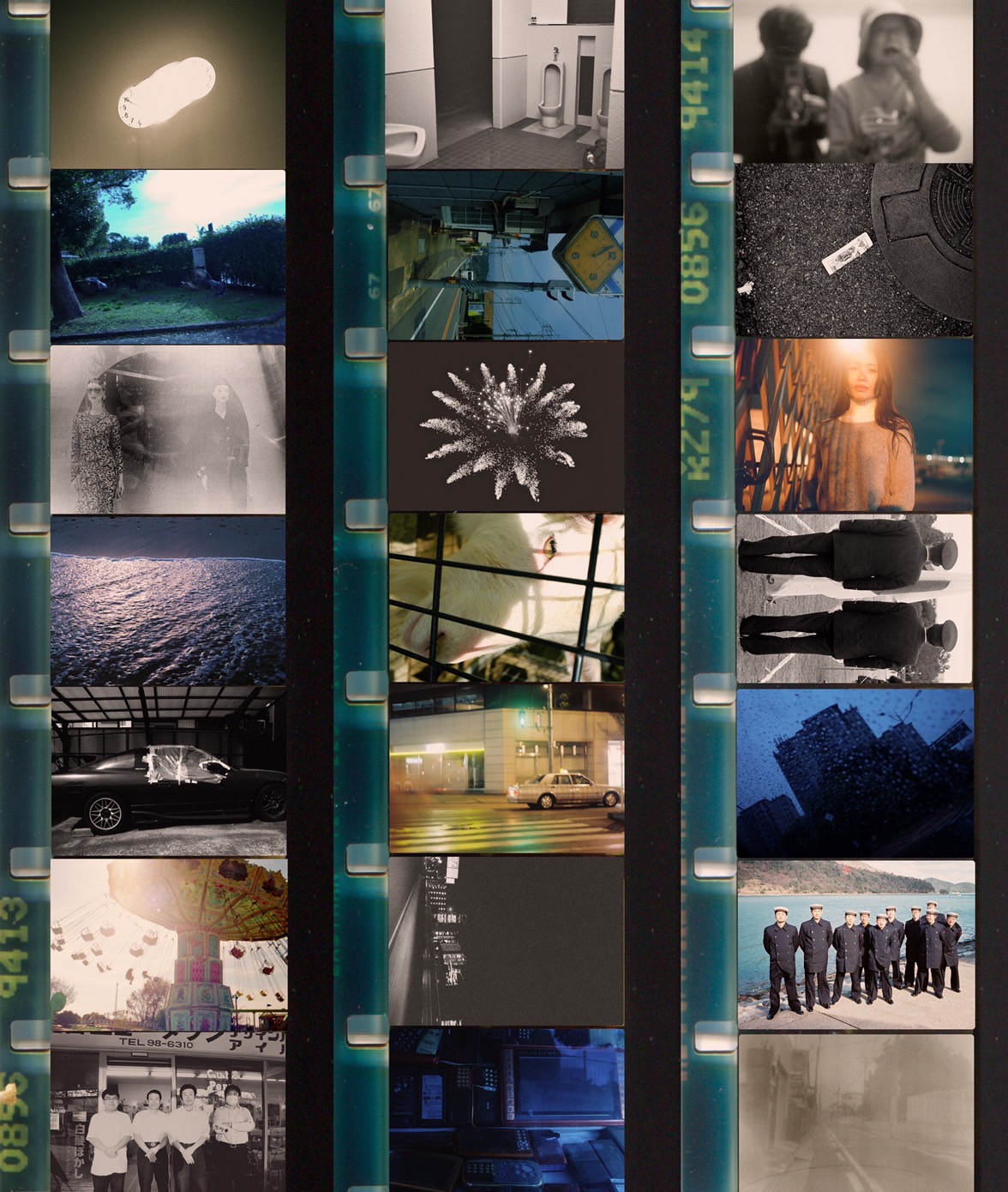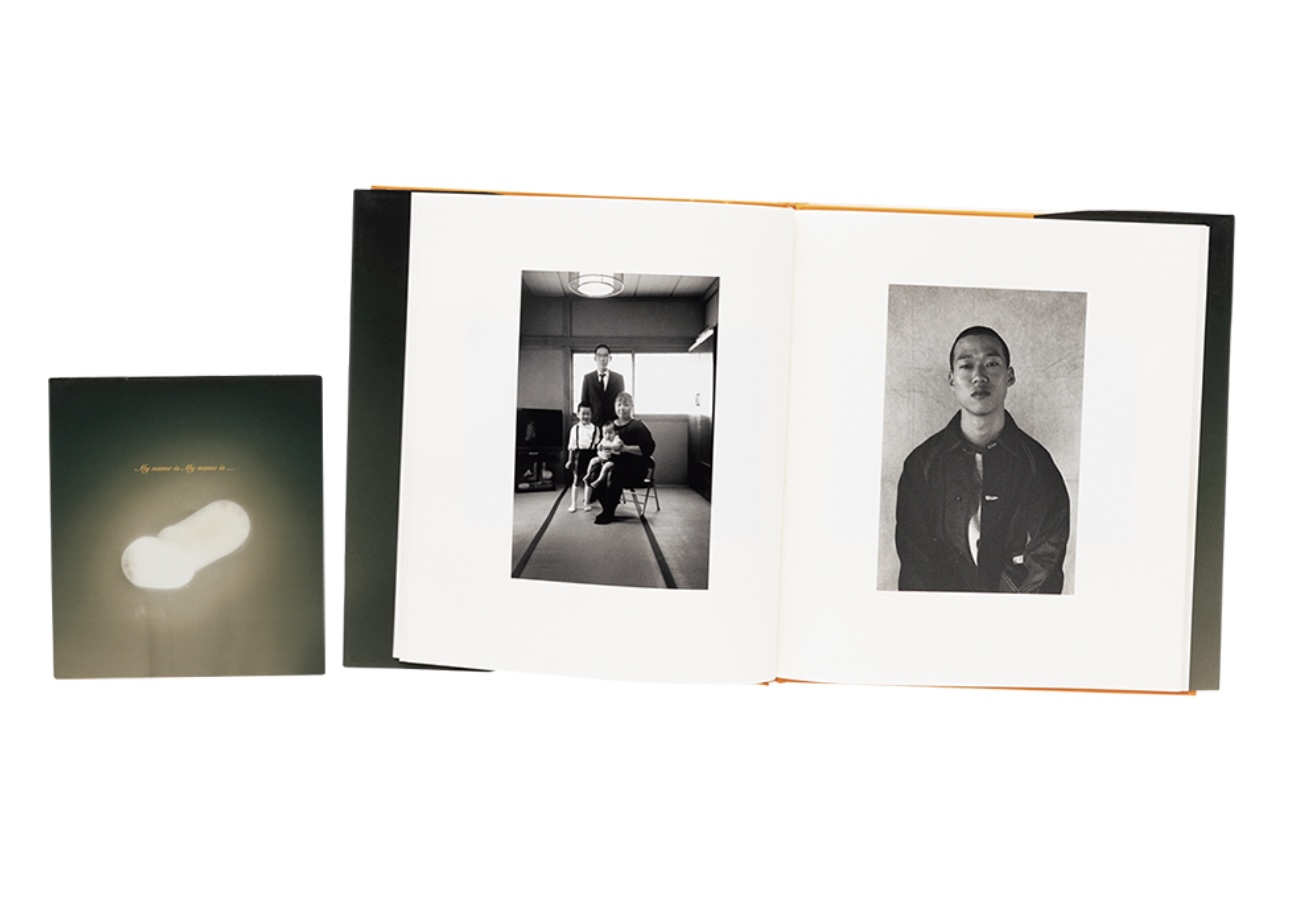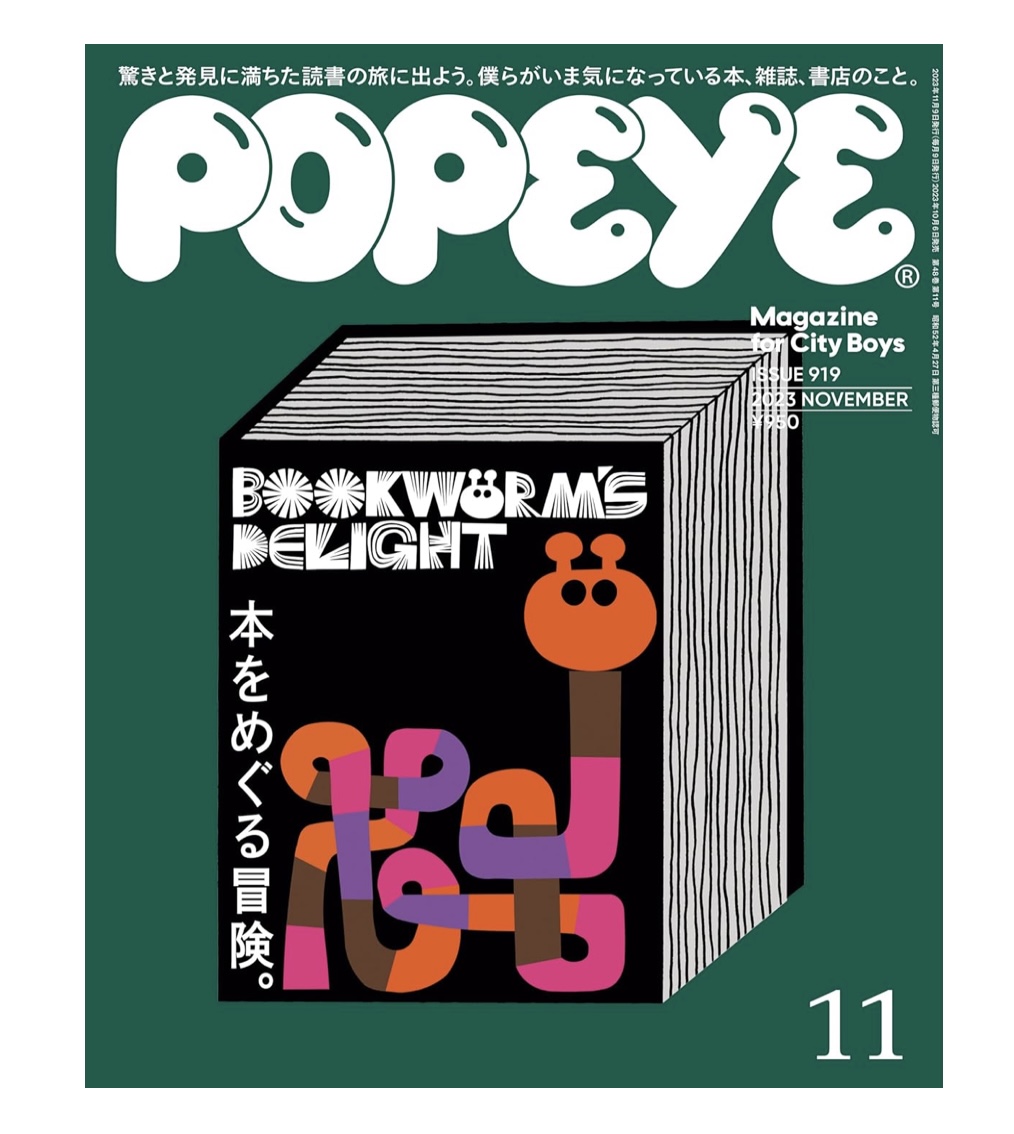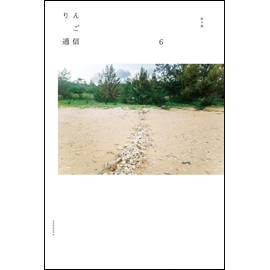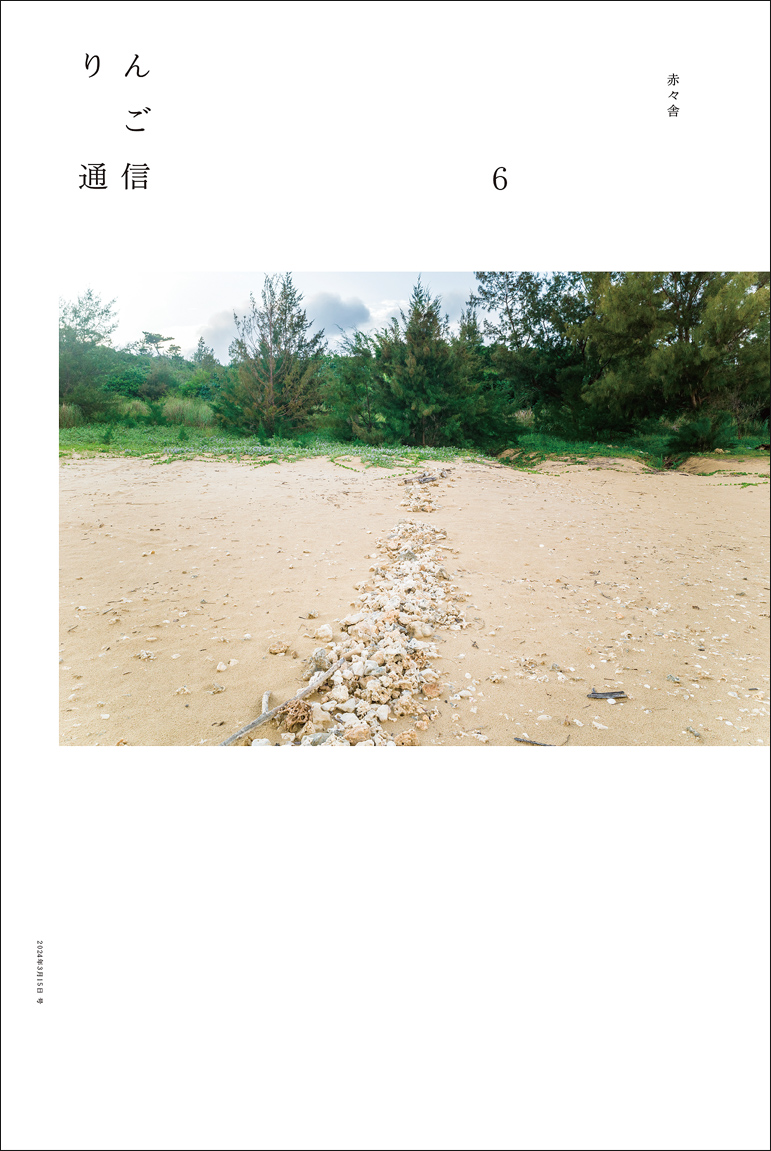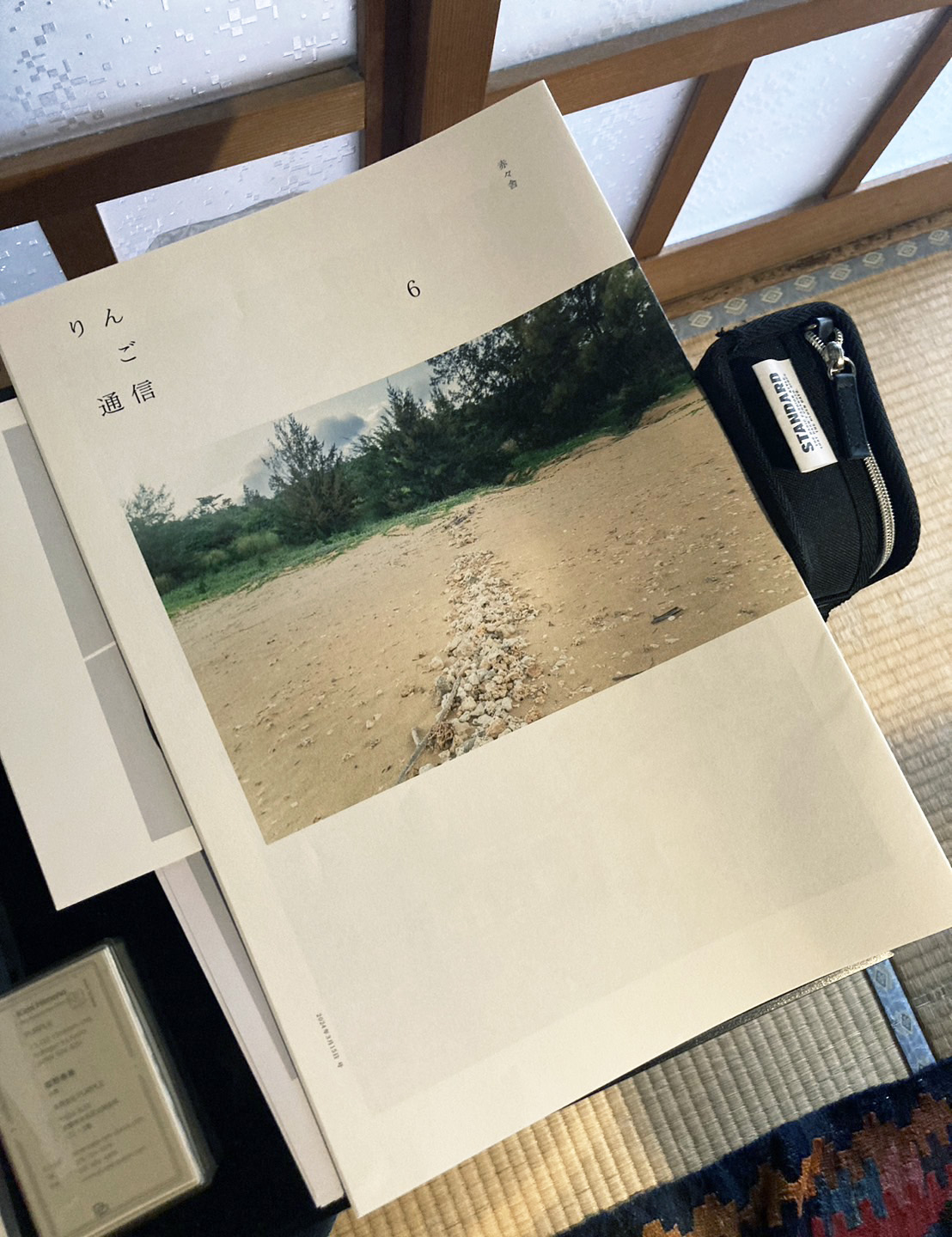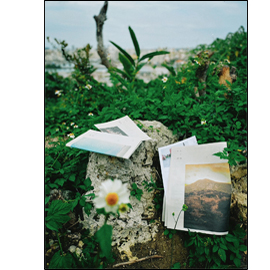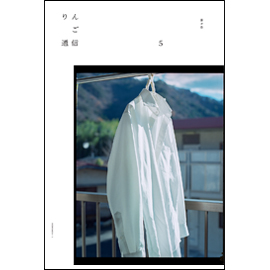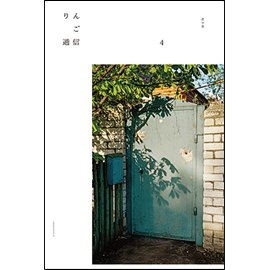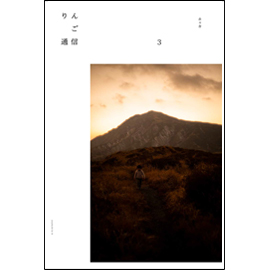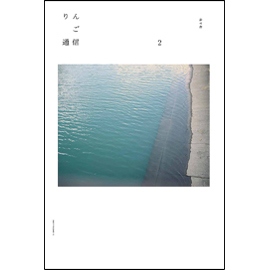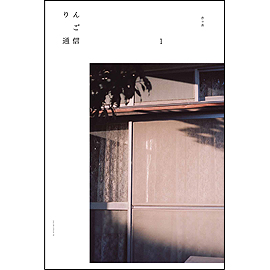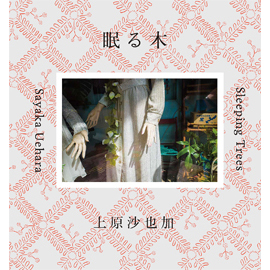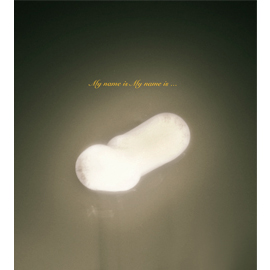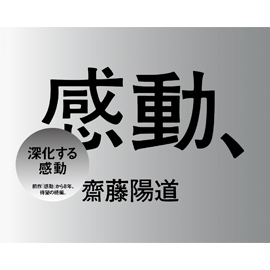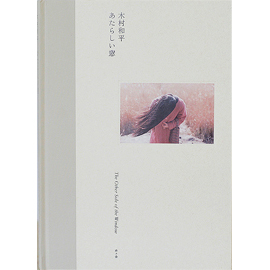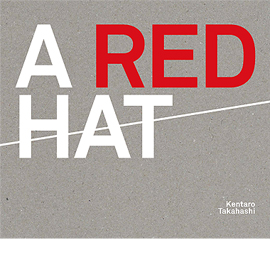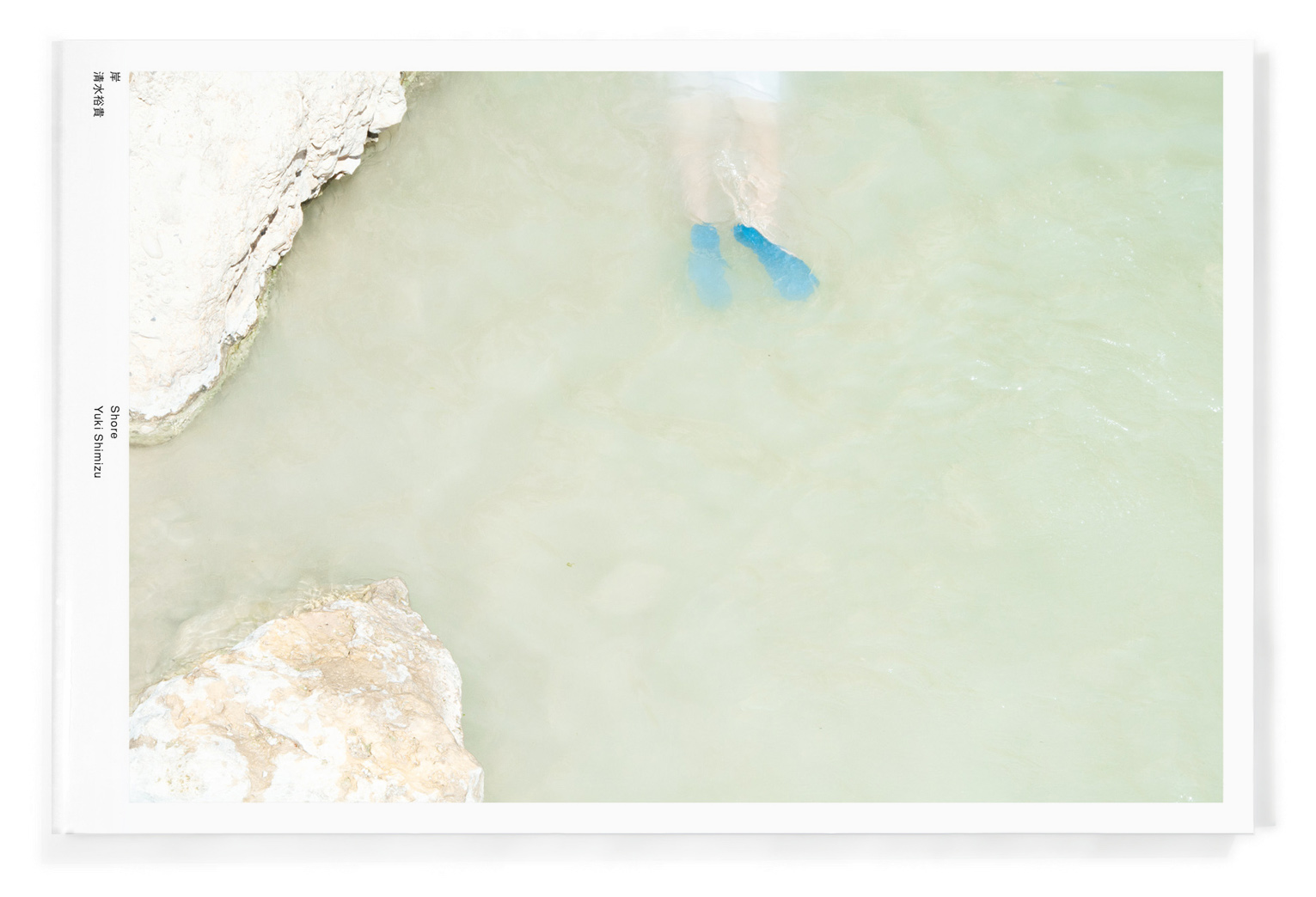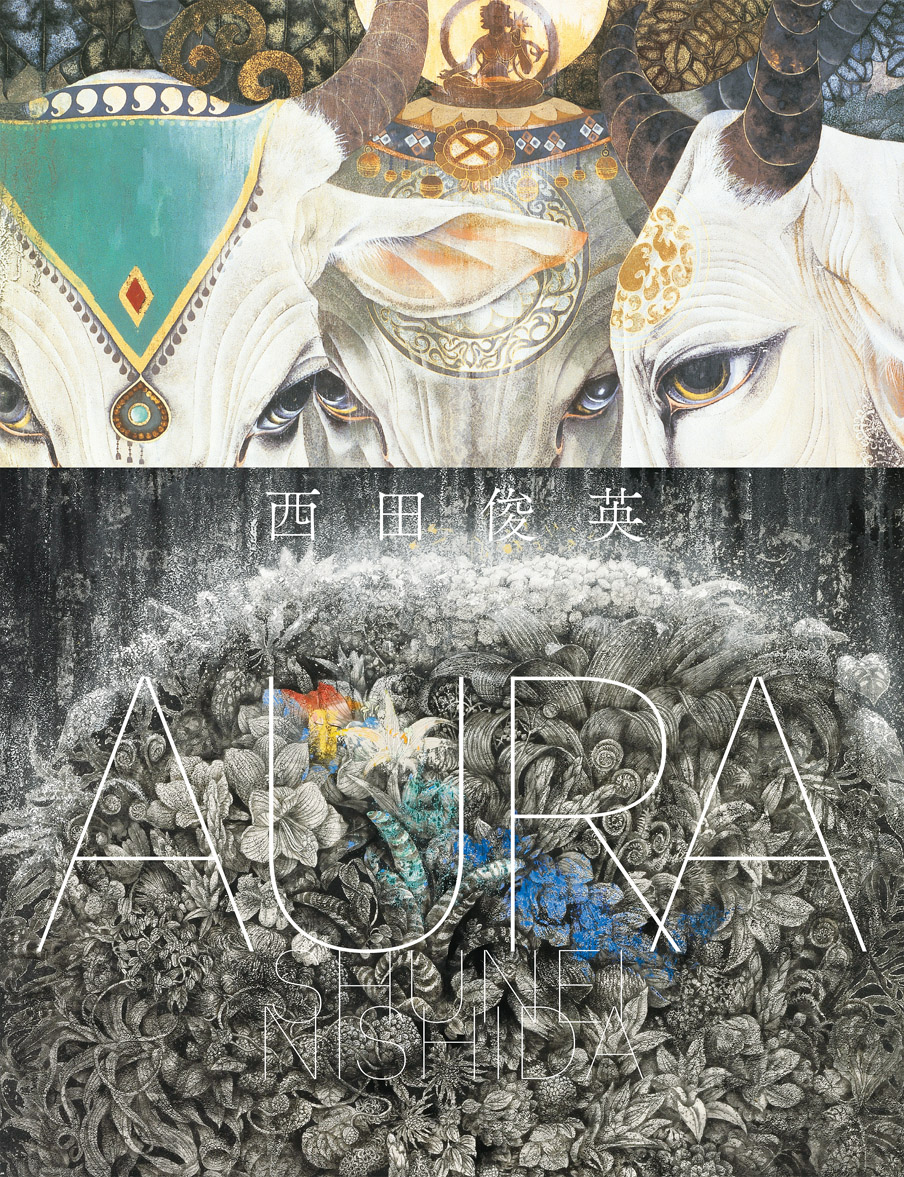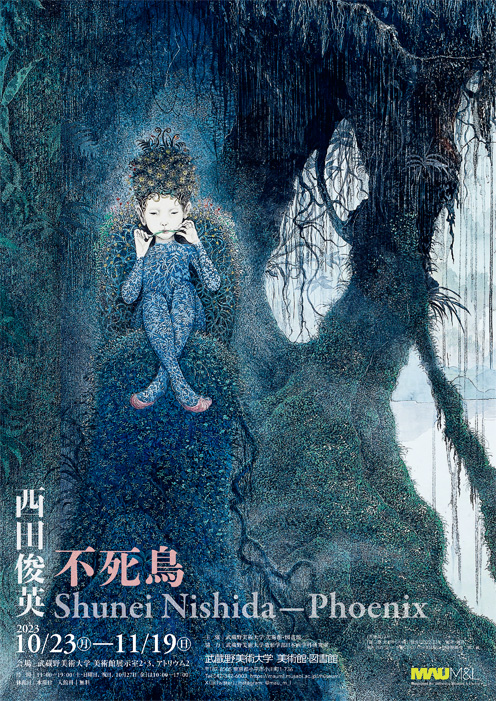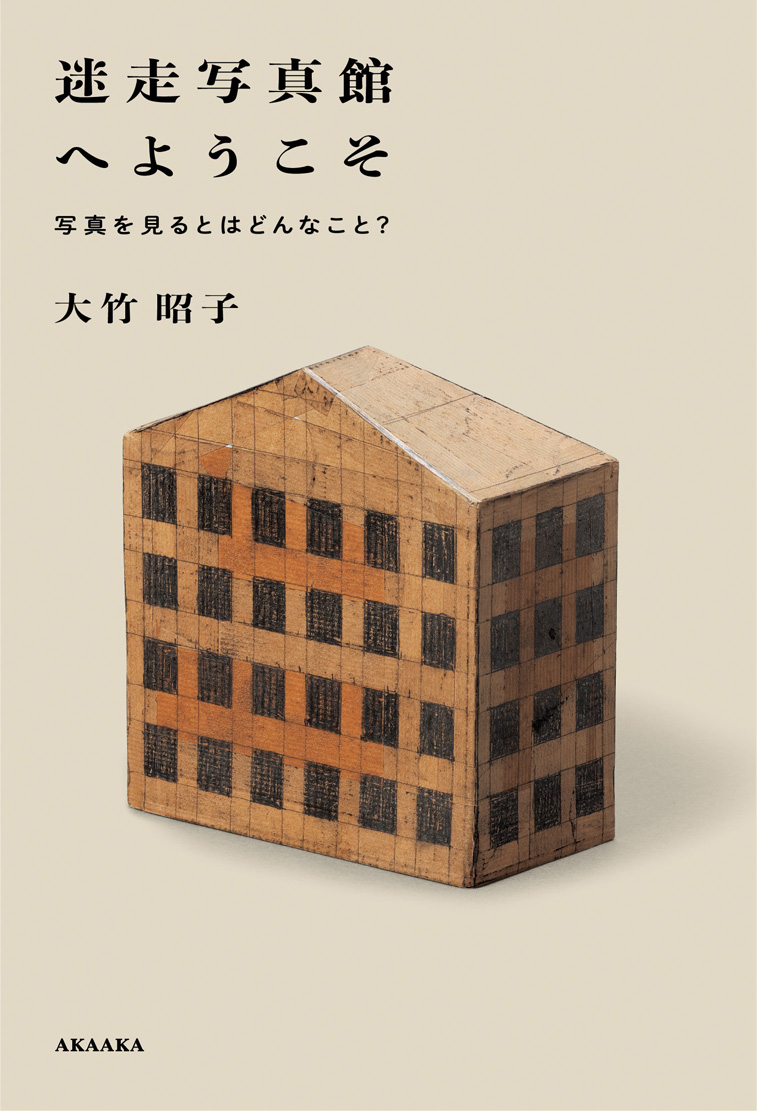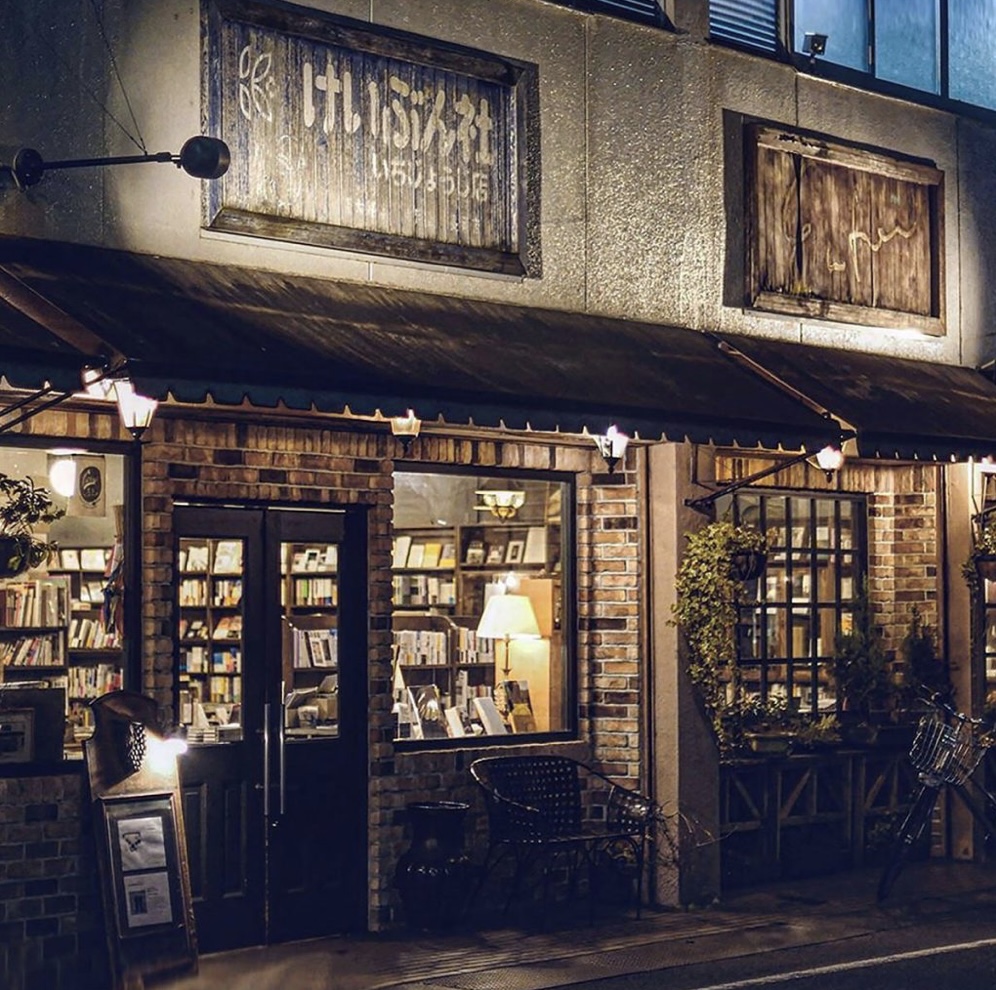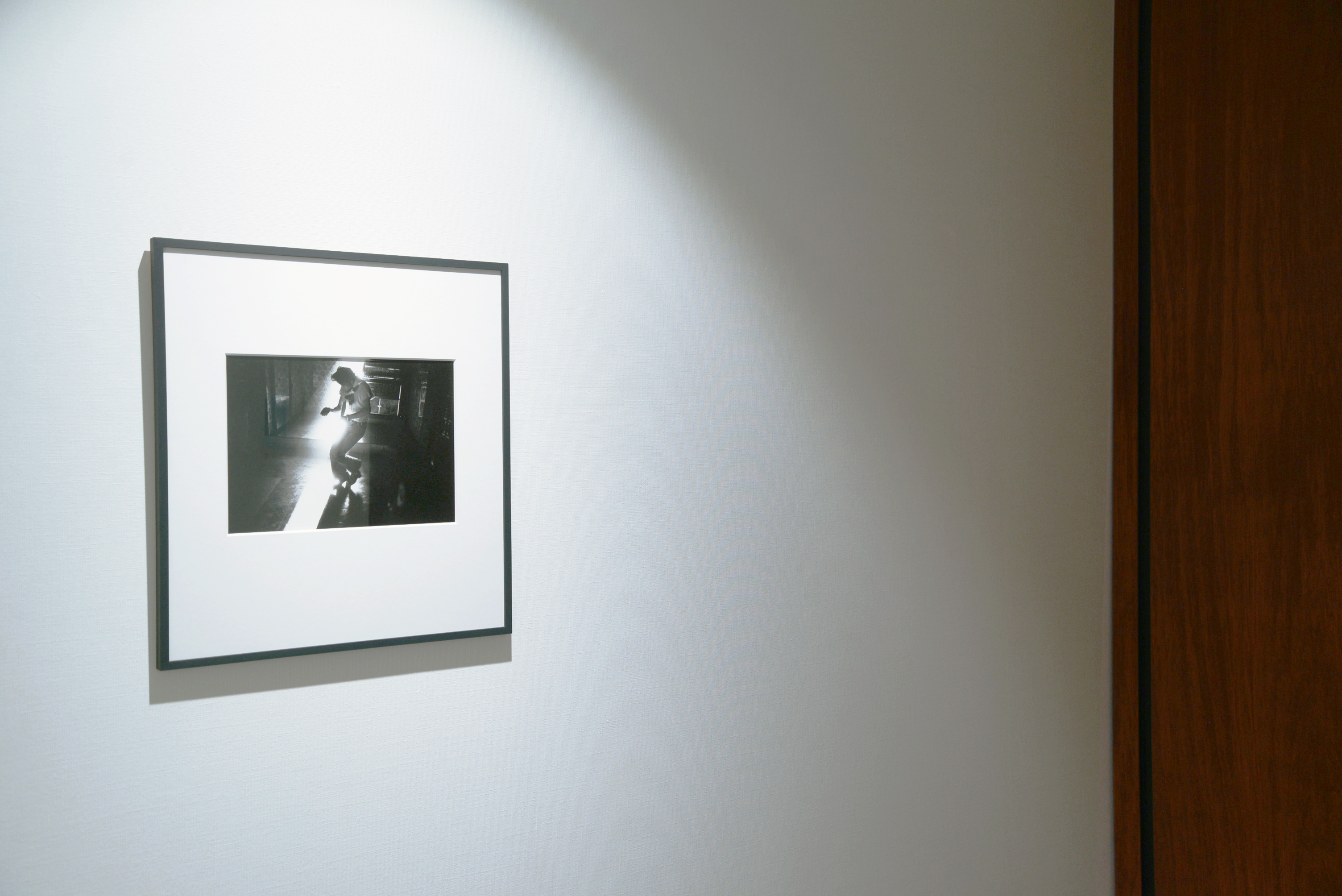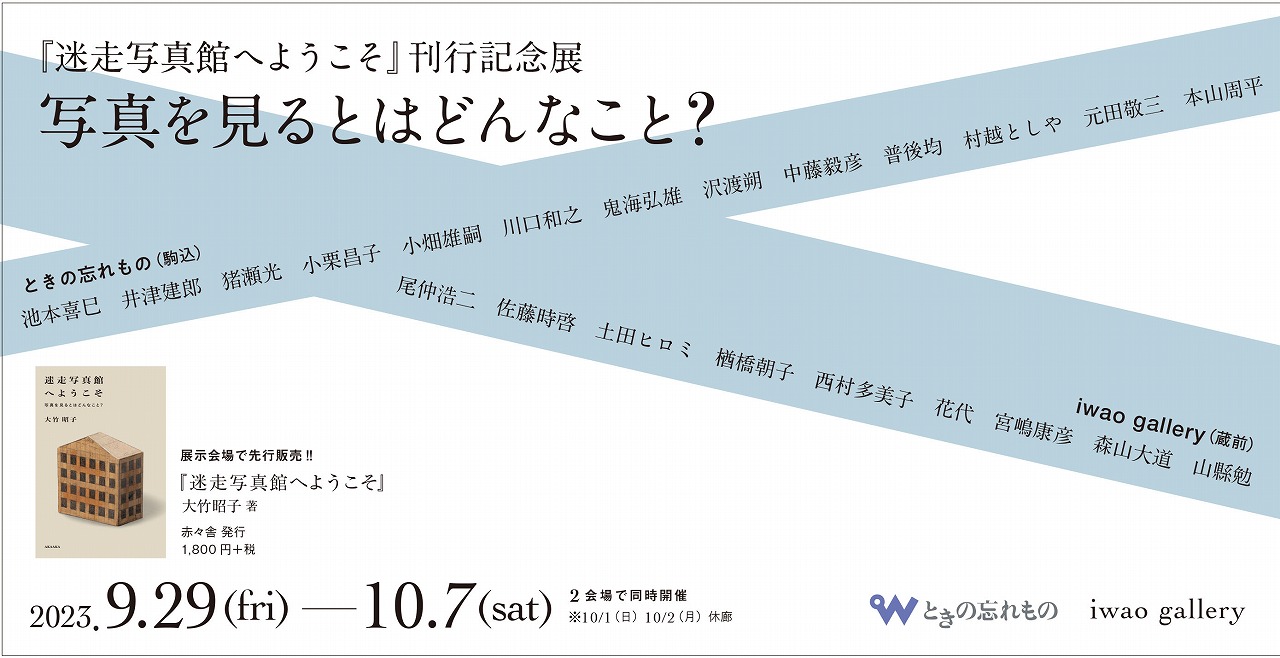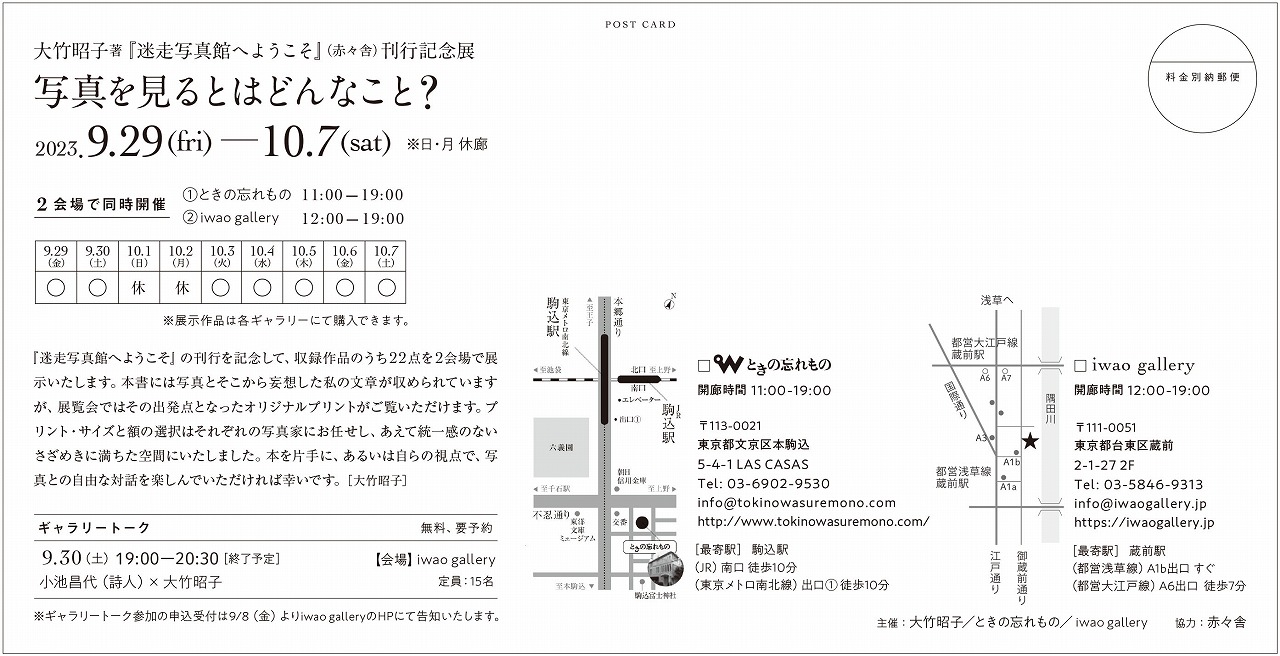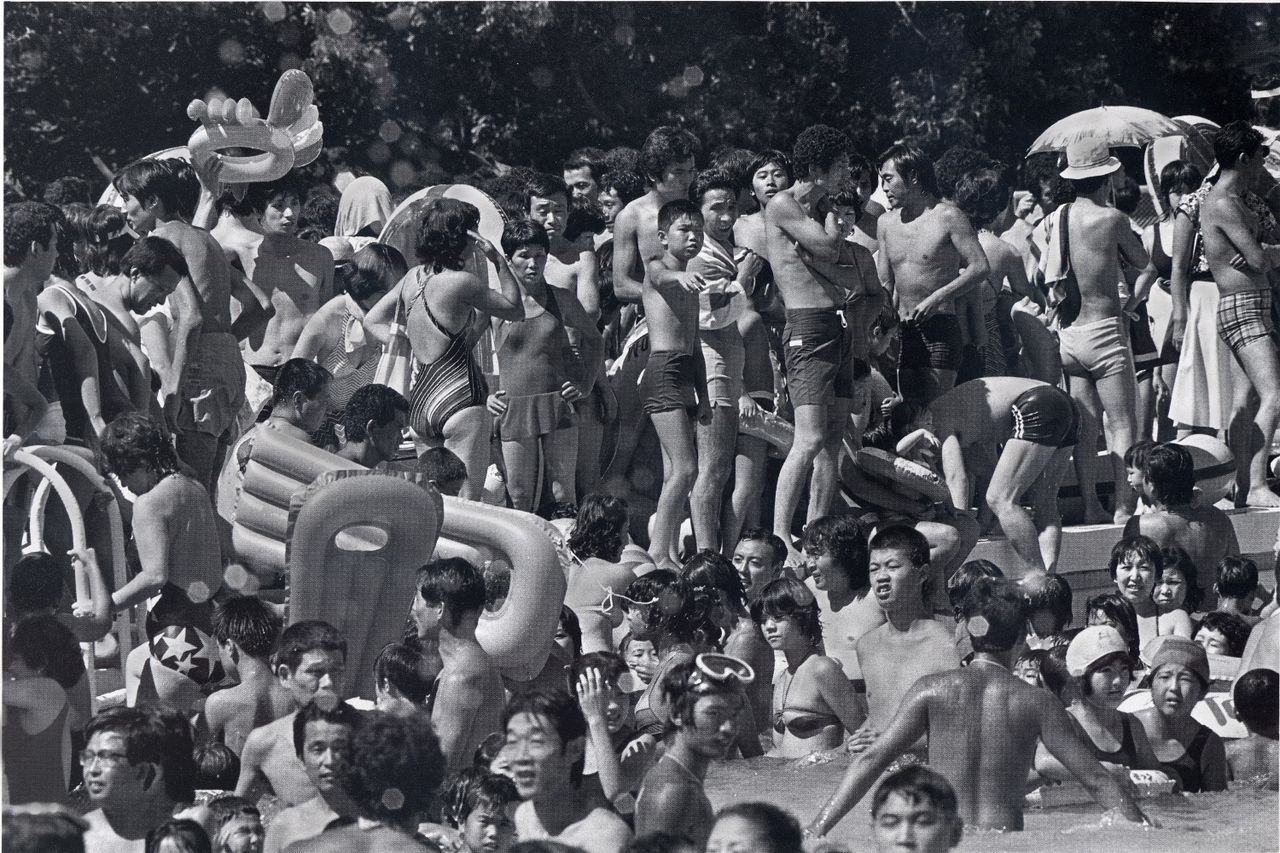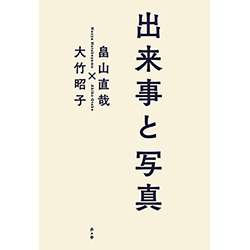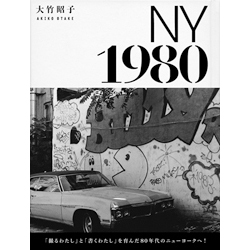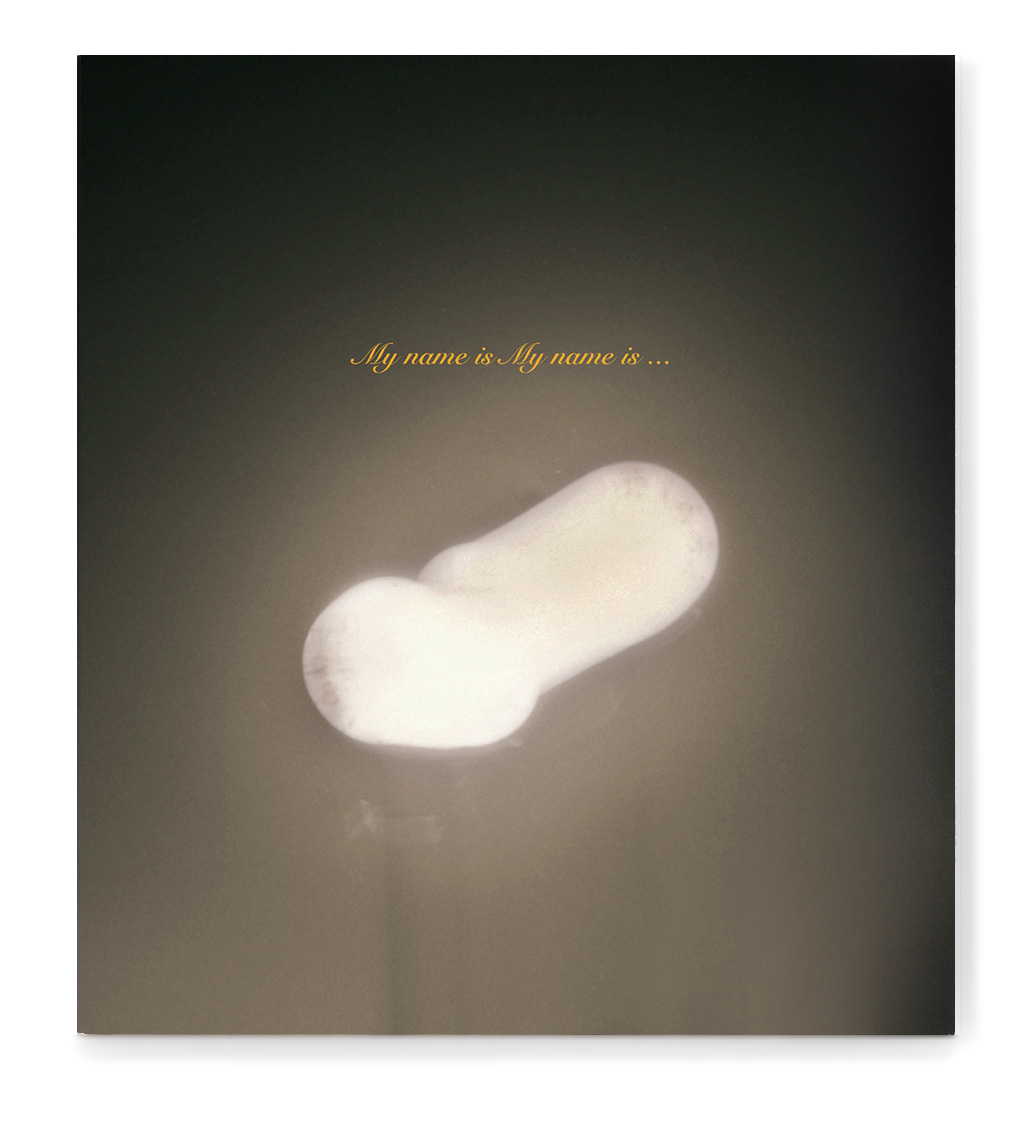
大道兄弟『My name is My name is...』
発行:桜の花本舗 × 赤々舎 Size: H252mm × W227mm Page:64 pages(52 images) Binding:Hardcover Published in March 2024 ISBN:978-4-86541-180-5 |
¥ 4,000+tax
国内送料無料! お支払い方法は、PayPal、PayPay、Paidy 銀行振込、郵便振替、クレジットカード支払いよりお選び頂けます。
|
|---|
About Book
双子の兄弟、大道兄弟の過去7年にわたる写真の軌跡
時間を編み、視線が入り混じることで解き放たれること
My name is My name is...
DAIDO Brothers
A picture is worth a thousand words" makes total sense when encountering Yuki and Koki Daido's photographs.
Twins, Osaka native and at 26 years of age, they can be found roaming the streets of Osaka discreetly taking photos during their spare time.
Social media today has transformed photography from what was once the preserve of the highly trained professional into a "photographic democracy", affording the potential for all citizens with a smartphone to hand to call themselves "Photographer".
The twin's documentary photography casts a cool, empathetic eye over what might be consid- ered the trite, banal and mundane.
Their dispassionate gaze illicits a gamut of emotions in turn humor, meloncholy and irony, they draw us into a potentially romantic view of the rapidly disappearing scenes of Japanese society. What may be an eyesore to most, may well be a source of immense inspiration to others.
Their images certainly evoke emotion. It is no surprise they mainly shoot on film, their DIY ethos lending an urgent and compelling air to their world view. We are also drawn to their distinctive style and choice of subject. It far supercedes a need for technical prowess. So intent on creating a representation of their own world, not only do they take the photo- graphs, but painstakingly produce their own hand made, eminently collectible photographic books. Lucky are the few who manage to get their hands on one.
When asked what inspires their photography, Yuki replied "I don't know, but I am looking for something and I often shoot when my mind has wavered and I am upset by my own useless- ness, that's when I go out and shoot photographs".
Their dedication to their craft as a means to it's own end is a very rare pursuit in the face of relentless contemporary social media forces. How refreshing for us to see their work that clearly reflects the pure enjoyment of the process as fulfilling in and of itself. We very much look forward to seeing much more of their take on the world.
"SEARCHING FOR UTOPIA"
Words by D.K.H.
Related Exhibition
大道兄弟 展示「TIME UPON A TIME」 会期:2024年3月9日(土)〜4月7日(日) 時間:11:00〜20:00(平日) 11:00〜18:00(土日) 会場:ff Seoul(서울 종로구 청계천로 159 세운상가 가동호 내 바열 325호/ソウル 鍾路区 清渓川路159 世運商店街 325 ) 定休:火休み 写真を撮るというよりも写真は見る方が写真だなと考えていて 写真を見ることは誰もが第三者のフラットな立場で見るわけだから。 |
|
大道兄弟 展示「TIME UPON A TIME」 会期:2024年4月17日(水)〜5月6日(月) 時間:13:00〜20:00(平日) 11:00〜19:00(土日) 会場:PURPLE(京都市中京区式阿弥町122-1 3F) 【Event】 2024年4月21日(日)15:00〜「Bar 赤姫」 2024年5月3日(金)15:00〜「大道兄弟のハンドメイド写真集をたどる対話」 |
Related Articles
Handmade photo books created by the Daido brothers. 雑誌「POPEYE」 2023年11月 919号 初出
|
Artist Information
大道兄弟
1994年、山梨県生まれ、大阪府堺市育ちの兄優輝と弟康輝の双子の兄弟。現在は京都を中心に活動、発行所「桜の花本舗」を主宰。2人で写真集制作の他、それぞれの名義での活動も行う。これまで2人が作った本はZINEを含めると40冊以上。2021年には100部限定の写真集『My name is My name is...』(私家版)を刊行。2024年3月に韓国 ffSeoulにて、大道兄弟の過去10年にわたる写真集制作の軌跡を紹介する展覧会「Time Upon A Time」を開催。
DAIDO Brothers
Born in 1994, Yamanashi Prefecture, raised in Sakai City, Osaka, Unit formed by twin brothers Yuki and Koki. Currently based in Kyoto.They are the founders of the self-publishing house "Sakura no Hana Hompo". In addition to working together to create photo book , they also pursue individual projects under their own names.
The two have created more than 40 titles, including zines. In 2021, they self-published photo book titled "My name is My name is..." (limited 100). In March 2024, they hold an exhibition "Time Upon A Time" at ff Seoul in Seoul, South Korea, showcasing the trajectory of their past decade of photo book production as the Daido Brothers.
Related Items
|
|
|---|

